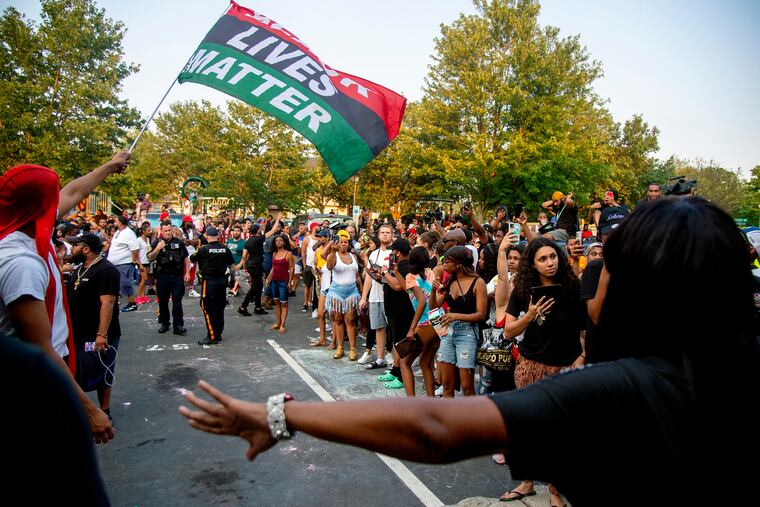Trump visits jail known for mass deportations, nicknamed ‘Alligator Alcatraz’
President Trump recently visited a newly established detention camp for undocumented immigrants in Florida, which has been dubbed “Alligator Alcatraz.” This facility, located deep within the Everglades, is part of Trump’s ongoing efforts to enhance his controversial mass deportation policies. The camp is designed to accommodate approximately 5,000 migrants who are anticipated to be rounded up as part of the administration’s extensive immigration crackdown.
During the visit, Trump made light of the camp’s austere conditions, humorously advising potential detainees on how to evade alligators should they attempt to escape. His remarks, coupled with the facility’s grim branding, underscore the administration’s staunch commitment to immigration enforcement, a theme prominent in Trump’s reelection campaign, where he has pledged to deport as many as 20 million undocumented immigrants.
Accompanying Trump during the tour were Florida Governor Ron DeSantis and Department of Homeland Security Secretary Kristi Noem, both of whom support the facility’s purpose of housing what Trump described as “dangerous criminals.” However, immigration advocates counter this narrative, asserting that the majority of individuals targeted for detention do not have criminal records. The camp, constructed and maintained by the state of Florida, is expected to operate at an annual cost of 0 million, funded through the Federal Emergency Management Agency (FEMA), an agency typically known for its work in disaster relief.
Trump’s plans for mass deportation have led to a nationwide campaign targeting the arrest of 3,000 individuals per day, resulting in widespread protests in cities such as Los Angeles. Critics argue that such measures could severely disrupt industries like agriculture and hospitality, which rely heavily on immigrant labor. Several activists assert that the construction of the Alligator Alcatraz facility damages the delicate Everglades ecosystem and overlooks the rights of both legal and illegal immigrants.
At the same time, community members, including retirees and educators, have voiced their concerns about the implications of this and similar facilities. They argue that the focus on punitive measures undermines the dignity of immigrants and poses significant risks to environmental conservation efforts in sensitive areas.
Trump’s immigration strategy has already encountered criticisms regarding its sustainability, particularly regarding potential adverse effects on essential sectors of the economy. As the situation evolves, the dichotomy between the administration’s hardline stance and the needs of communities dependent on immigrant labor continues to spark debate across the nation.
The unveiling of Alligator Alcatraz is a focal point in ongoing discussions of U.S. immigration policies, raising important questions regarding the treatment of immigrants and the administration’s broader approach to national security and community well-being.







